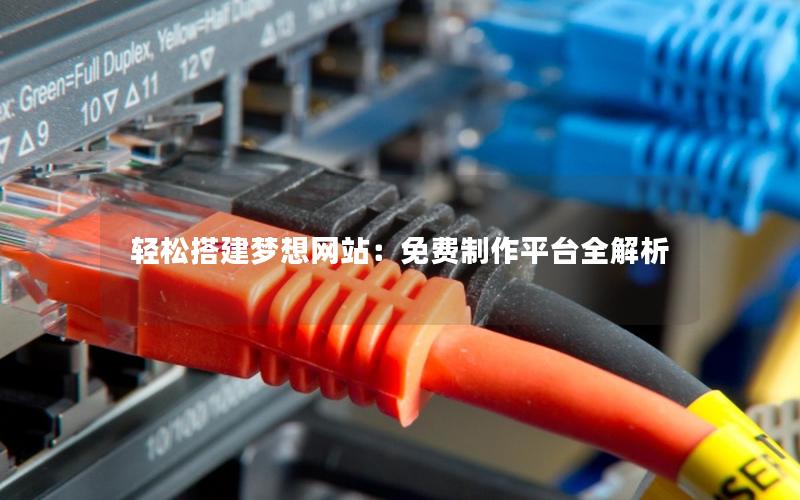简介
上一篇文章我们讲解了Virtual Call的定义并举例分析了Virtual Call在父类和子类中的优化。
JIT对类可以进行优化,那么对于interface可不可以做同样的优化么?
一起来看看吧。
最常用的接口List
List应该是大家最最常用的接口了,我想这个大家应该不会反驳。
public interface List<E> extends Collection<E> {
今天我们就拿List来做例子,体验一下JIT优化接口的奥秘。
还是上代码,要分析的代码如下:
|
1
2
3
4
5
6
7
8
9
10
11
12
13
14
15
16
|
public class TestVirtualListCall {
public static void main(String[] args) throws InterruptedException {
List<String> list=new ArrayList<>();
for (int i = 0; i < 10000; i++)
{
doWithVMethod(list);
}
Thread.sleep(1000);
}
public static void doWithVMethod(List<String> list)
{
list.add("www.zzvips.com");
}
}
|
如果在命令行运行,大家记得在运行时添加参数-XX:+UnlockDiagnosticVMOptions -XX:+PrintAssembly -XX:-Inline
直接看JIT Watcher的结果:
我们可以看到JIT中先对ArrayList的实现类做了一个比较。
然后调用的是invokeinterface,但是其本质还是invokevirtual,并且我们可以看到这个调用是被优化过了:optimized virtual call。
多个List的调用
同样的,我们可以测试一下多个list子类的情况下怎么调用:
|
1
2
3
4
5
6
7
8
9
10
11
12
13
14
15
16
|
public class TestVirtualListCall2 {
public static void main(String[] args) throws InterruptedException {
List<String>[] lists=new List[]{new ArrayList<>(),new LinkedList<>()};
for (int i = 0; i < 10000; i++)
{
doWithVMethod(lists[i%2]);
}
Thread.sleep(1000);
}
public static void doWithVMethod(List<String> list)
{
list.add("www.zzvips.com");
}
}
|
同样,使用JIT Watcher来运行:
我们可以看到JIT做了两次对象类型的比较,然后对两个invokeinterface都做了优化。
结果和我们的父类子类结果是一样的。
不一样的List调用
上面我们在做多个list调用的时候,是轮循着来调用的,如果我们先调用ArrayList的方法,再调用LinkedList的方法,会有什么不同呢?
一起来看看。
|
1
2
3
4
5
6
7
8
9
10
11
12
13
14
15
16
17
18
19
20
21
22
|
public class TestVirtualListCall3 {
public static void main(String[] args) throws InterruptedException {
List<String> list1 = new ArrayList<>();
List<String> list2 = new LinkedList<>();
for (int i = 0; i < 10000; i++)
{
doWithVMethod(list1);
}
Thread.sleep(1000);
for (int i = 0; i < 10000; i++)
{
doWithVMethod(list2);
}
Thread.sleep(1000);
}
public static void doWithVMethod(List<String> list)
{
list.add("www.zzvips.com");
}
}
|
上面我们先循环ArrayList,然后再循环LinkedList。
看下结果有什么不同:
可以看到,JIT先比较了ArrayList,然后只做了一次方法的优化。
也就是说LinkedList的调用是没有进行代码优化的。
上面的结果是在C2编译器下,也就是level4的编译水平下解析的。
我们看下如果在C1编译器下,也就是Level3编译水平下有什么不同。
可以看到C1编译下,所有的invokeinterface都没有进行编译优化,只有在C2编译下,才会进行优化。
不同的JVM版本可能优化方式不一样。大家可以自行实验。
总结
本文用实例展示了Virtual Call在interface上面的优化使用。
感兴趣的朋友,可以一起讨论。
补充知识:Java 8 Stream 流已被操作或关闭
在Java 8中,Stream不能重复使用,一旦被消耗或使用,流将被关闭,类似流水线,水龙头的水一样一去不复返
示例 – 流关闭
查看以下示例,它会抛出一个IllegalStateException,表示“流被关闭”。
TestJava8.java
|
1
2
3
4
5
6
7
8
9
10
11
12
13
14
|
package com.mkyong.java8;
import java.util.Arrays;
import java.util.stream.Stream;
public class TestJava8 {
public static void main(String[] args) {
String[] array = {"a", "b", "c", "d", "e"};
Stream<String> stream = Arrays.stream(array);
// loop a stream
stream.forEach(x -> System.out.println(x));
// reuse it to filter again! throws IllegalStateException
long count = stream.filter(x -> "b".equals(x)).count();
System.out.println(count);
}
}
|
Output
|
1
2
3
4
5
6
7
8
9
10
11
12
|
java.lang.IllegalStateException: stream has already been operated upon or closed
at java.util.stream.AbstractPipeline.(AbstractPipeline.java:203)
at java.util.stream.ReferencePipeline.(ReferencePipeline.java:94)
at java.util.stream.ReferencePipeline$StatelessOp.(ReferencePipeline.java:618)
at java.util.stream.ReferencePipeline$2.(ReferencePipeline.java:163)
at java.util.stream.ReferencePipeline.filter(ReferencePipeline.java:162)
at com.hostingcompass.whois.range.run.TestJava8.main(TestJava8.java:25)
at sun.reflect.NativeMethodAccessorImpl.invoke0(Native Method)
at sun.reflect.NativeMethodAccessorImpl.invoke(NativeMethodAccessorImpl.java:62)
at sun.reflect.DelegatingMethodAccessorImpl.invoke(DelegatingMethodAccessorImpl.java:43)
at java.lang.reflect.Method.invoke(Method.java:498)
at com.intellij.rt.execution.application.AppMain.main(AppMain.java:144)
|
示例 – 重用流
TestJava8.java
|
1
2
3
4
5
6
7
8
9
10
11
12
13
14
15
16
17
|
package com.mkyong.java8;
import java.util.function.Supplier;
import java.util.stream.Stream;
public class TestJava8 {
public static void main(String[] args) {
String[] array = {"a", "b", "c", "d", "e"};
Supplier<Stream<String>> streamSupplier = () -> Stream.of(array);
//get new stream
streamSupplier.get().forEach(x -> System.out.println(x));
//get another new stream
long count = streamSupplier.get().filter(x -> "b".equals(x)).count();
System.out.println(count);
}
}
|
Output
a
b
c
d
e
1
每个get()都会返回一个新的流
以上这篇JVM系列之:JIT中的Virtual Call接口操作就是小编分享给大家的全部内容了,希望能给大家一个参考,也希望大家多多支持快网idc。
原文链接:https://blog.csdn.net/superfjj/article/details/107778750
相关文章
- 64M VPS建站:能否支持高流量网站运行? 2025-06-10
- 64M VPS建站:怎样选择合适的域名和SSL证书? 2025-06-10
- 64M VPS建站:怎样优化以提高网站加载速度? 2025-06-10
- 64M VPS建站:是否适合初学者操作和管理? 2025-06-10
- ASP.NET自助建站系统中的用户注册和登录功能定制方法 2025-06-10
- 2025-07-10 怎样使用阿里云的安全工具进行服务器漏洞扫描和修复?
- 2025-07-10 怎样使用命令行工具优化Linux云服务器的Ping性能?
- 2025-07-10 怎样使用Xshell连接华为云服务器,实现高效远程管理?
- 2025-07-10 怎样利用云服务器D盘搭建稳定、高效的网站托管环境?
- 2025-07-10 怎样使用阿里云的安全组功能来增强服务器防火墙的安全性?
快网idc优惠网
QQ交流群
-
iOS 泛型中nullable、null resettable、null kindof 用法详解
2025-05-29 100 -
2025-06-05 41
-
2025-06-04 84
-
2025-05-29 62
-
2025-05-25 49















